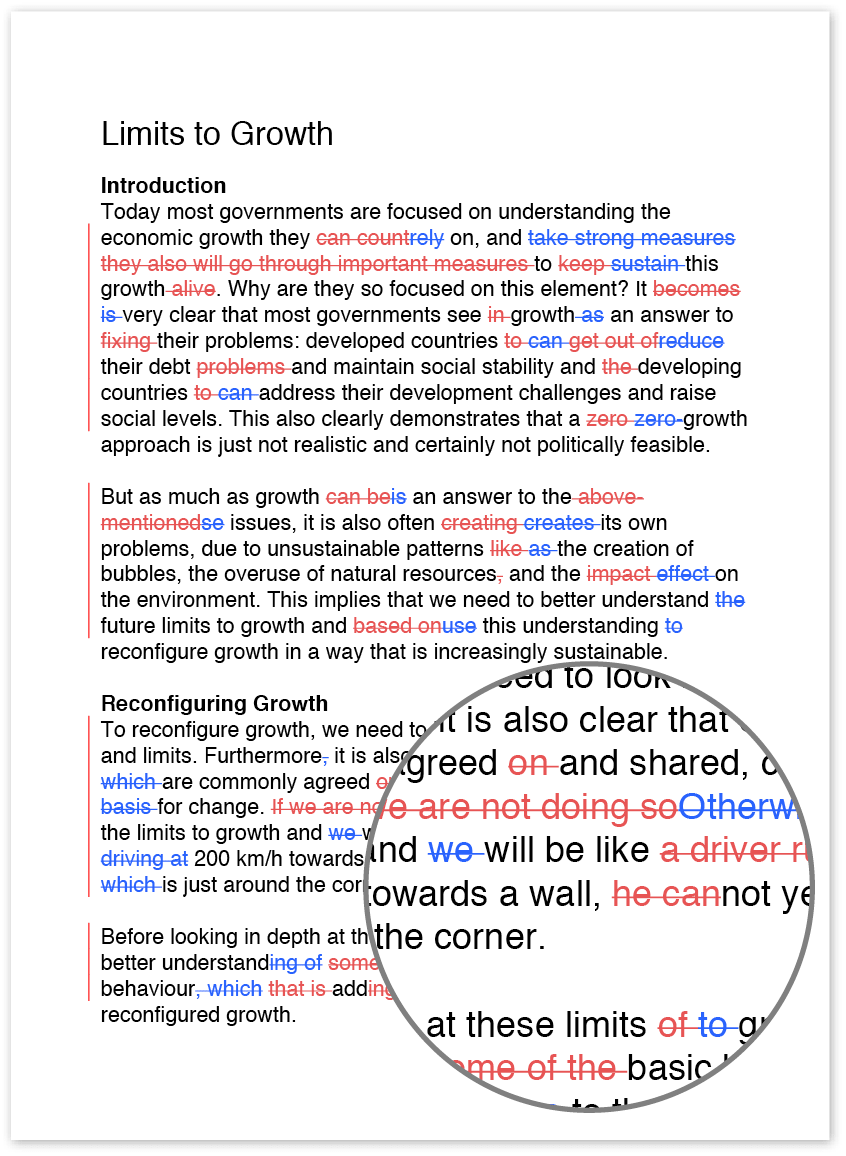Basics of English Grammar
Although English grammar can be complicated and tricky, there are a few simple rules that form the basis of everything you need to know about this topic. Here we’ll summarize these rules; for more in-depth information on English grammar, see our articles on sentence structure, parts of speech and punctuation.
Sentence Structure
All complete English sentences must include a subject and a predicate. Any group of words that doesn’t include both a subject and a predicate is known as a phrase. The subject is the person, place, or thing that is the focus of the sentence. The predicate tells what the subject is doing or describes the subject. For example, in the simple sentence ‘The weather is nice today’, ‘the weather’ is the subject and ‘is nice’ is the predicate.
A simple test to see if your sentence is complete is to read it out loud on its own; if it can stand by itself as a complete thought, it’s likely a complete sentence. If it doesn’t make sense, it’s probably not a complete sentence.
Parts of Speech
There are seven basic parts of speech. The list below describes them and provides examples of each.
• Nouns are words used to describe a person, place, thing, idea, feeling or quality; they can be singular or plural; proper or common; countable, non-countable or collective; and regular or irregular. Examples: ‘cat’, ‘dogs’, ‘United Kingdom’, ‘happiness’ and ‘skies’
• Pronouns are words that replace nouns in sentences to make our speech less repetitive. Examples: ‘I’, ‘she’, ‘they’, ‘we’, ‘it’, ‘which’, ‘those’, and ‘everywhere’
• Adjectives are words that describe nouns and pronouns. Examples: ‘blue’, ‘furry’ and ‘vast’
• Verbs show action or a state of being. They can be in the present, past, or future tense. Examples: ‘run’, ‘fly’ and ‘laugh’ [action]; ‘am’, ‘is’ and ‘were’ [state of being]
• Adverbs describe verbs, adjectives or other adverbs. Examples: ‘quickly’, ‘small’ and ‘soon’
• Prepositions show relationships between nouns or pronouns, such as locations or directions. Examples: ‘in’, ‘over’, ‘up’ and ‘through’
• Conjunctions connect words or groups of words. Examples: ‘and’, ‘but’, ‘if’ and ‘after’
Punctuation
Punctuation is used to give additional meaning and structure to the words we write. The following list describes the most common types of punctuation and their uses.
• Periods or full stops (.), question marks (?) and exclamation points (!) are all used to end sentences. Periods end declarative sentences, question marks end interrogative sentences, and exclamation points end exclamatory sentences.
• Commas (,) have many uses. They separate dependent and independent clauses in sentences, items in lists, nonessential phrases from surrounding text and paired adjectives before nouns or pronouns.
• Semicolons (;) separate independent related clauses or items in lists that include commas.
• Colons (:) are used after independent clauses to introduce lists, long quotes or other information.
• Parentheses ( ) and brackets [ ] enclose information that isn’t vital to the rest of the sentence.
• Quotation marks (‘ ’) are used to enclose direct speech from someone else.
• There are two types of dashes. The en dash (–) is used between two numbers to show a number range or between two words to indicate a relationship between those things or concepts. An em dash (—) is used to set off text from the rest of a sentence.
• Hyphens (-) are used to connect modifying words that appear before another word. They are also used in fractions and written-out numbers. If you’re not sure whether a word should be hyphenated, check your preferred dictionary.
• Apostrophes (’) are used to show possession or form a contraction; note that they’re not used to form plurals. In a contraction, the apostrophe takes the place of the letter or letters that were removed to form the shortened version.

